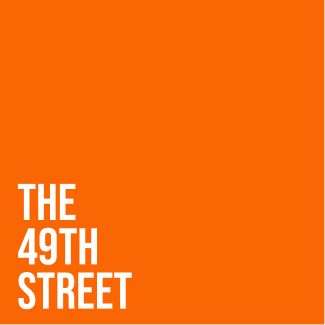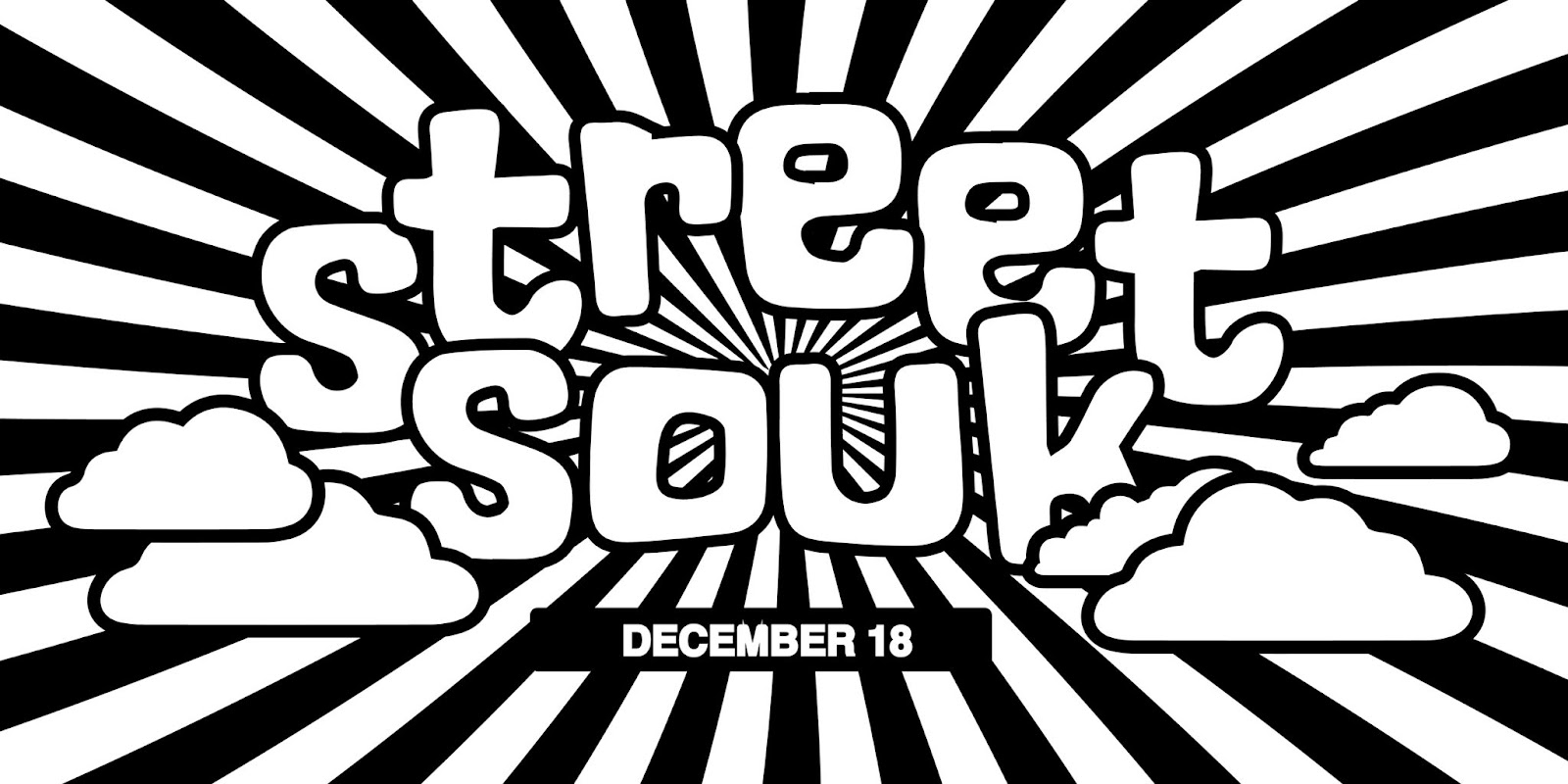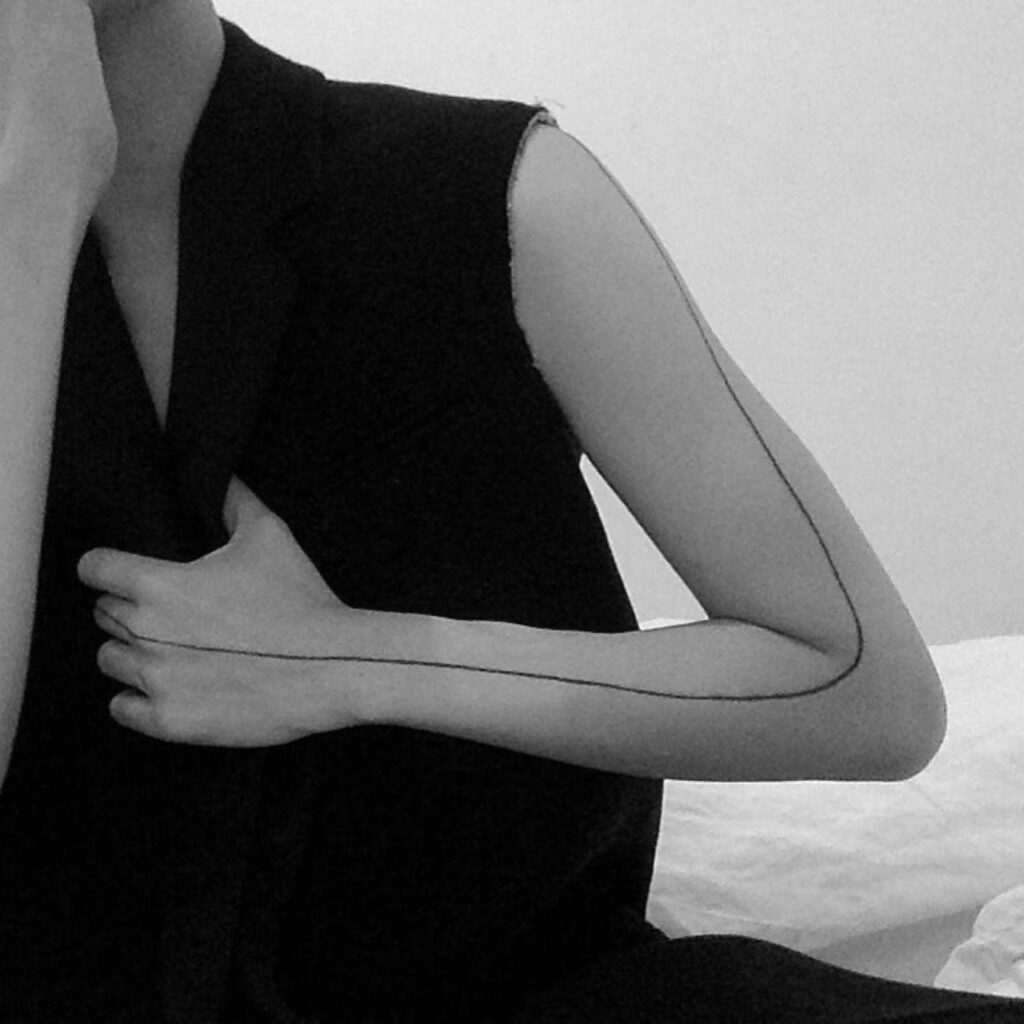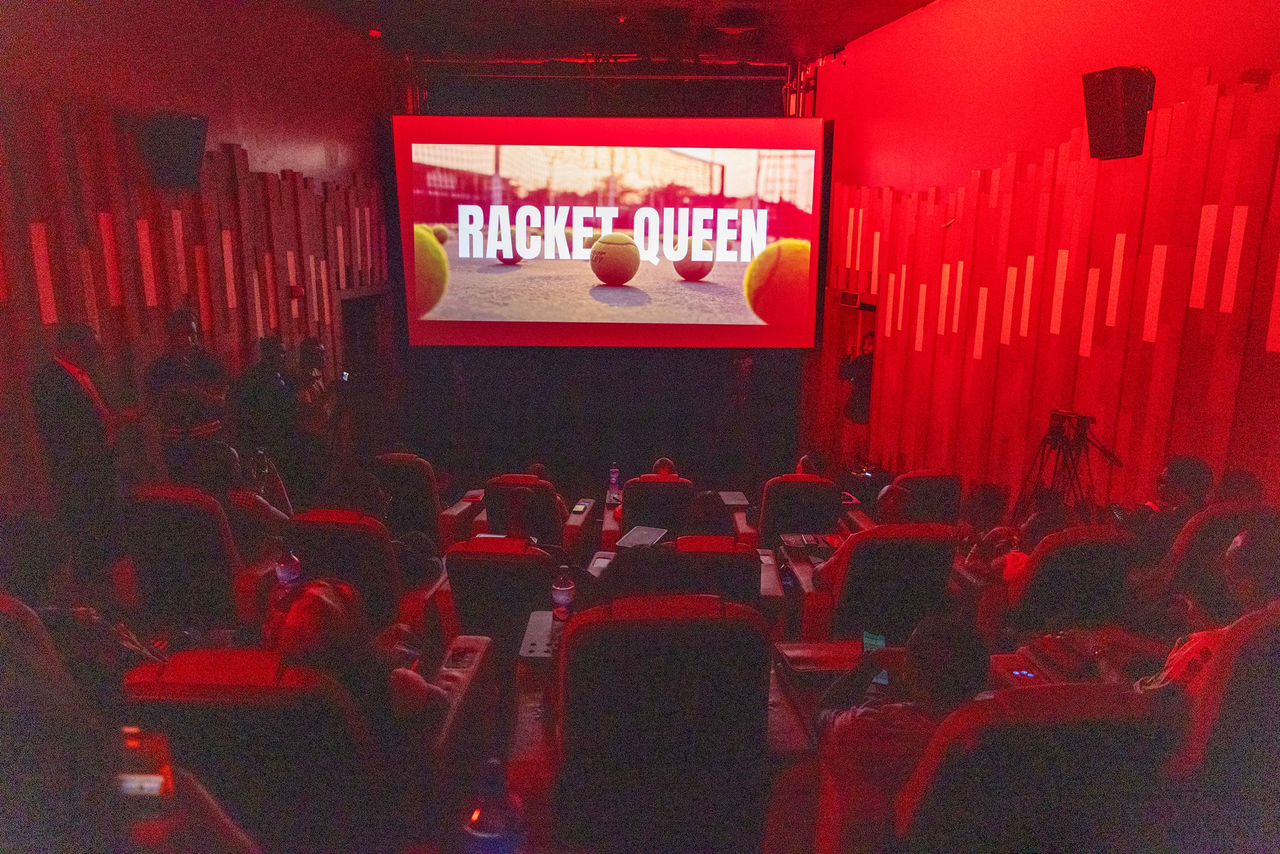By Chinazam Ikechi-Uko.
It’s 2016, you’re in New York City, and you go to grab a cup of coffee. The smell of fresh coffee is haunting, the city piquant. The sun is barely out yet everyone is on the road, you catch a glimpse of a group of stylish young adults. They’re probably FIT students and the world is their runway.
Though you saw them for a few minutes if you were questioned by a police officer, you could easily give a breakdown of what brands they were wearing. No, you’re not a fashion enthusiast, you can barely explain what a fashion collection is or when the fashion seasons start. You simply know because it was written all over the outfits and it’s hard to not know a VETEMENTS shirt when the word VETEMENTS is written on it. This is Logomania.
Logomania is when a brand’s logo or name is conspicuously repeated across the article of clothing. The etymology of the term is not necessarily known, nonetheless it caught on and has become a part of fashion’s lexicon. The roots of mainstream Logomania can be dated back to the hip-hop scene in the late 80s and 90s. Dapper Dan is credited as the father of logomania and I have explained how he revolutionized the luxury scene in a previous article.
However, the first noted instance of this was in 1925 when Ms Chanel thought it was a grand idea to put two interlocking Cs on her clothes. It was subtle enough to not distract from the items but it was loud enough to be a status symbol. Never in her dreams did she think there would be a Chanel collection where the clothes have both the interlocking Cs and the word Chanel written all over the garments. Logomania reached its peak in the late 2010s and began a slow death by the 2020s.
Living up to the name, the manic episode even affected fast fashion brands with companies like ASOS and Mango jumping on the trend. What initially began as a simple symbol of status turned into a cash grab for luxury companies. They knew everyone wanted to showcase wealth so they made mid-quality T-shirts, slammed their logo on them and sold them at ridiculously cheap prices (cheap compared to the average price on their website). You could get a Dior shirt for as little as $250. The catch? No catch but it’s just a T-shirt with the word Dior at its centre. Genius, I can’t knock off the hustle but here lies the problem…
When logomania takes the spotlight, creativity and art too often take the background roles. The aim is to sell your brand but at the cost of a brand identity or signature. Before logo obsessions, brands were forced to invent creative ways to make their brand stand out. Louboutin with the red soles, Chanel and its use of Tweed, Miu Miu with its Matelassé motif; more recently Amina Muaddi and the fluted heels and Peter Do with sheer “spacer” fabric or having a line running down the left arm of a garment (ode to his tattoo). The perfect example of brands losing a sense of self in a bid to follow logomania would be most of the stalls at Street Souk.
L-R: Amina Muaddi fluted heels, Peter Do cardigan, Peter Do’s left arm.
Street Souk is an annual streetwear convention held in Lagos. The biggest of its kind in Nigeria and dare I say it, the biggest in Africa. It was founded in 2018 by Iretidayo Zaccheus, and I know I’ve used this word already, but Iretidayo is a genius. She created a home for streetwear lovers to explore and network within the scene. Brilliant, there’s nothing lacking with the aspiration, organization or execution. On the other hand, a lot of the exhibitors have been struck with a dire case of logomania.
With around 50 stalls on site, Street Souk was offering a promising show but the stalls weren’t the most exciting part of the event – we got to watch the World Cup final on a big screen, the energy was reminiscent of that of a viewing center. Arguably, the stand-out stores were a swimwear line and a thrift store. For the average stall at the event, if you took out the name and logos from the garments and put them all in a basket like a Ye gap store, I wouldn’t be able to tell them apart. This says a lot considering I spent a number of my teenage years playing made-up fashion games with a friend. In one of the games, we would try to guess the designer and brand of a garment strictly by the craftsmanship and embellishments.
So if I can’t tell your clothes apart, then you’ve got an identity crisis. Plus, the prices were rather fascinating because even luxury brands knew that your logo-infected clothes should be sold at a cheaper price than your regular garments. But then again, where are the other garments? Logos and names shouldn’t be the only thing you’re selling. We’ve seen enough black tees and hoodies in a lifetime. Fashion is an art as much as it is a business. I hope to see more Nigerian streetwear designers taking risks and trying to tell us more than a story but also show us a journey.
Though I know you can’t go wrong with a little black T-shirt, I hope the exhibitors put in more effort this year. Also, I am excited to see what the future holds for Street Souk.








